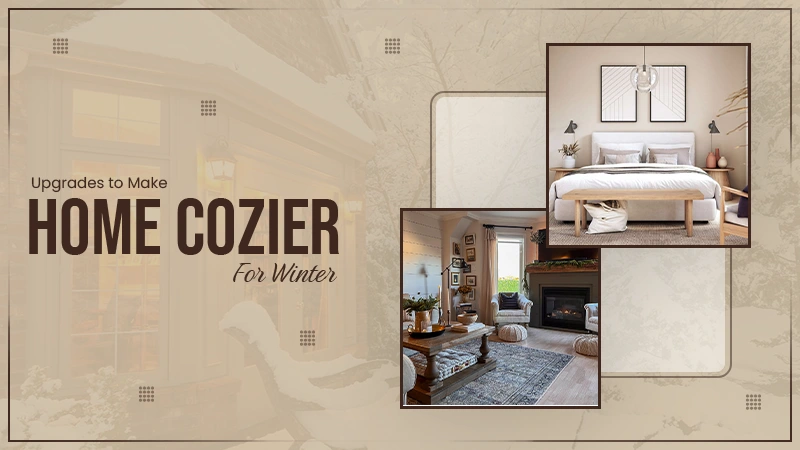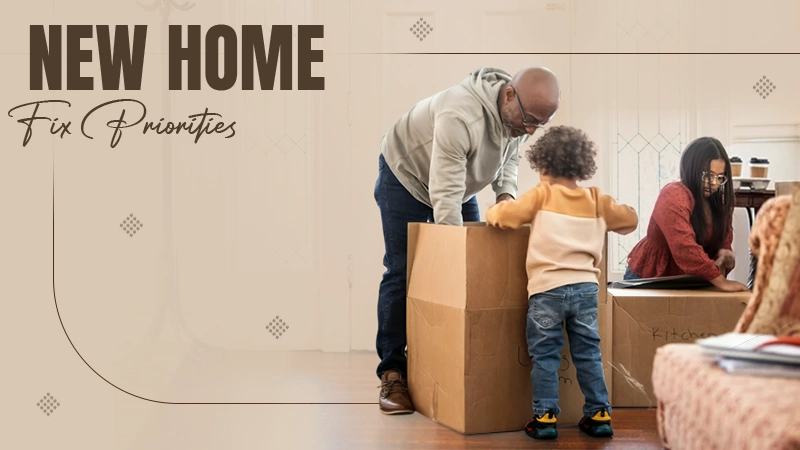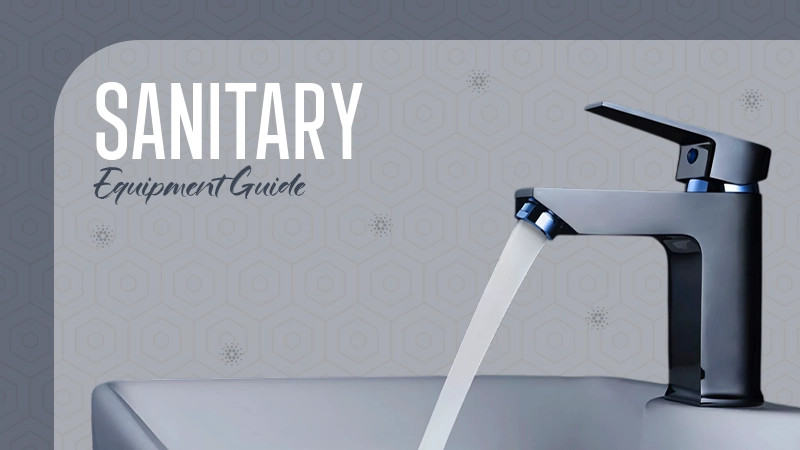A wonderfully decorated home is not simply the right use of comfy textures, color palette, or lighting. It creates the right atmosphere; it is also peace of mind. Much like a gardener might trim a shrub to keep it healthy, homeowners should think about the safe-keeping of their home.
Annually in the United States, household-related injuries account for 12 million nonfatal injuries and more than 30,000 deaths. These result in an estimated $222 billion in lifetime costs each year.
From minor kitchen burns to climbing stairs, quick action can make all the difference. Taking a CPR training class near Ottawa or learning basic first aid can transform your home from merely stylish to truly safe because a good home should also be well-maintained.
Let’s learn more about it!
KEY TAKEAWAYS
- True home comfort blends aesthetic choices with proactive safety measures
- Basic first aid training replaces common household accidents with calm, clear confidence
- Training teaches essential skills from wound care to critical responses
- A short first aid course is a small investment of time and money

Safety as a Design Principle
When we consider home design, safety is not always top of mind that doesn’t mean it should not fit into every conversation we have about our homes’ design. Safety is not always our first thought when we think of home design, but it should fit into every conversation we have about the design of our homes.
In fact, thoughtful design and first-aid awareness often go hand in hand. Removable corners on furniture, non-slip rugs, ample first aid supplies, and stair lighting are nice options to integrate design and usability. A well-designed home doesn’t just look good — it quietly protects the people who live in it.
The Everyday Scenarios You Don’t Plan For
No matter how careful we are, everyday mishaps are part of home life. An injured child in the backyard, mindlessly cutting a finger while cooking, or someone who just feels faint at dinner – these experiences can happen in an instant.
That’s where a bit of training becomes invaluable. Knowing how to use a band-aid or antibiotic ointment, take care of a burn, or perform CPR can certainly minimize the impact of an injury, prevent and clear up a potential infection, and if all else fails, save someone’s life.
It’s about not preparing for an emergency, it’s about knowing you are prepared for an emergency. When each adult in the home has a working understanding of first aid, small incidents become manageable moments instead of panic-inducing events.
Turning Knowledge Into Confidence
First aid isn’t just about memorizing steps, it’s about building calm, clear-headed confidence. Some organizations include your learning a new skill with the skills you already possess, presenting scenarios, providing demonstrations, and hands-on practice to keep you calm and focused on the incident.
You will learn:
- How to mitigate common household injuries (burns, cuts, sprains).
- The right way to adjust to choking or allergic reactions.
- The importance of staying calm and delegating tasks effectively.
- How to keep emergency numbers and supplies easily accessible.
It’s not about being a medical specialist; instead, it’s about becoming the steady hand when others can’t be.
Building a Family Culture of Safety
Teaching children about safety and awareness at an early age helps them grow into responsible, confident individuals. Your children can participate in smaller ways by showing them where the first-aid kit is stored, how to call for emergency services in your area, or how to recognize when an incident evolves to worse.
Even something as simple as having a family safety check day when you check smoke detectors, refresh first-aid supplies, and review basic emergency plans can make safety part of your family’s rhythm.
Just as you periodically tidy up or fluff your furniture to create comfort, from time to time to refresh your safety skills.
Aesthetic Meets Awareness
Safety tools and preparedness items no longer need to be hidden away. New to the market, several modern home brands have created first-aid kits or safety tools that seamlessly blend in with your home design.
Sleek, minimalist first-aid boxes can sit elegantly on open shelving or in a utility area without clashing with your aesthetic.
Consider the combination of function and design:
- A discreet integrated first-aid cabinet near the kitchen.
- A portable emergency kit stored in a stylish woven basket.
- A digital thermometer or smart medical device that complements your bathroom setup.
It’s a subtle yet empowering way to show that style and responsibility coexist beautifully.
Final Thoughts: Home Is Where Care Begins
Our homes are where we relax, create memories, and build our lives, but they’re also where many accidents happen. We create spaces that nurture safety as naturally as comfort by blending design awareness with basic first-aid readiness.
Taking a short CPR or first-aid course isn’t just a box to check; it’s a mindset that transforms how we live. Your home becomes more than just a sanctuary when you understand how to respond calmly and confidently, it becomes a place where care lives in every detail.
Because true comfort isn’t just about the way your home appears. Instead, it’s about the security you feel when you know you’re prepared for whatever comes next.
Is basic first aid the same as CPR training?
No, they are usually taught together. Basic first aid consists of addressing typical injuries while CPR is strictly about reviving someone dependent on their breathing or heart stopped.
How often should I refresh my first aid skills?
Certification accreditation bodies normally recommend refreshing CPR two years and first aid knowledge three years after the last training.
Where is the best place to store a first aid kit at home?
It should be stored in a cool, dry, easily accessible place but out of reach of small children.
Does a modern first aid kit contain the stuff for a serious accident?
A standard kit covers minor damage. For a serious accident, a modern kit usually covers the basics, but knowledge is essential.



